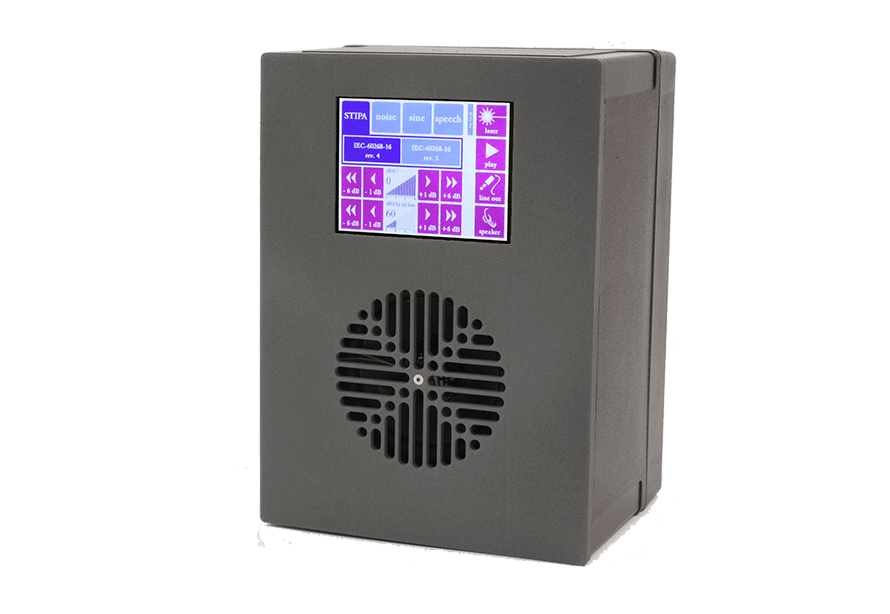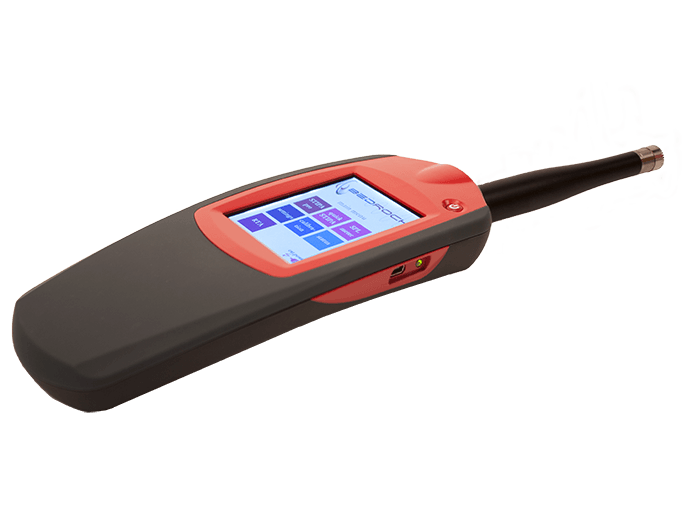Building Testing
Building Acoustics & Sound Insulation Testing
Noise sources such as music systems, televisions, appliances, traffic, aircraft, and manufacturing are all around us and the field of Building Acoustics evaluates and designs the materials and methods to insulate and isolate us all from these sound sources when we are at work, rest, or enjoying leisure time. The resulting data is useful for evaluating compliance with building codes and for proposing countermeasures for areas of concern.

SvanNET Cloud Monitoring Service
SvanNET Automatic Monitoring Services is an online solution that supports multi-point connection with Svantek’s noise & vibration monitoring stations including SV 307A, SV 200A, SV 803 and…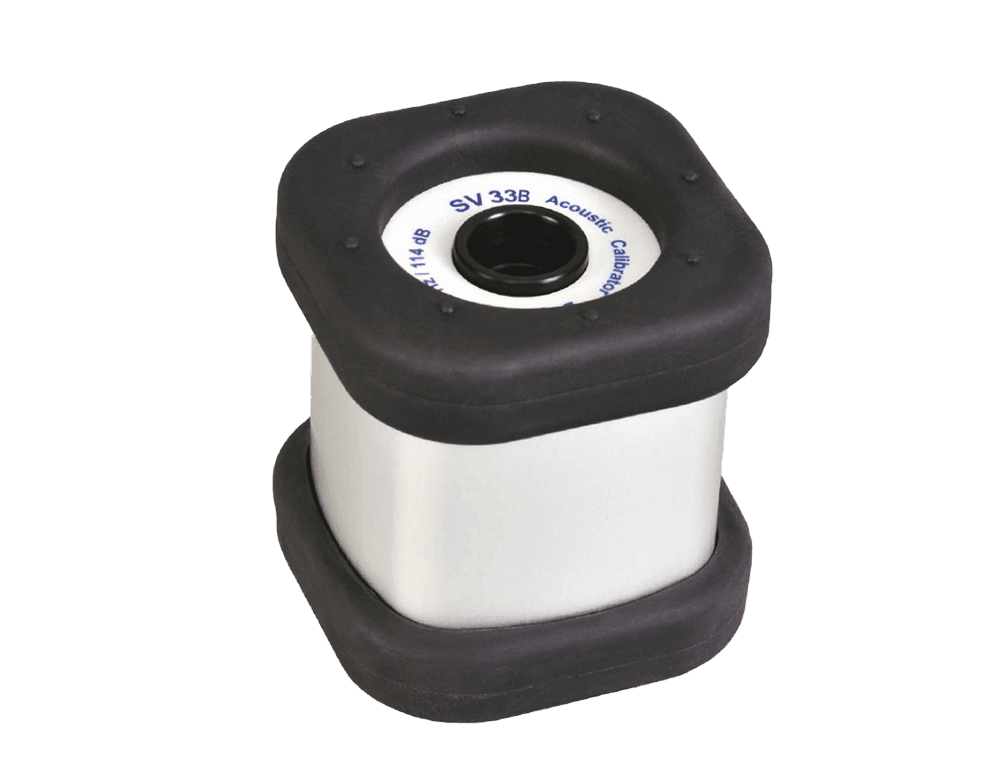
SV 33B Acoustic Calibrator
SV 33B Class 1 Acoustic Calibrator produces an acoustic pressure of defined level 114 dB at frequency of 1 kHz. The SV 33B is suitable…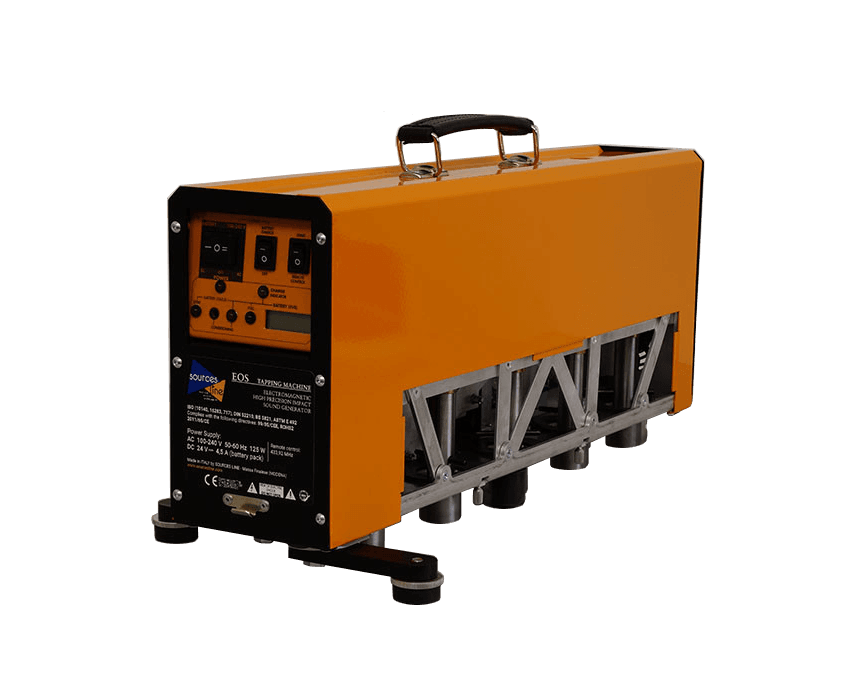
EOS Tapping Machine
The Tapping Machine entirely built with laser-bevelled aluminium, modelled by highly precise bending presses, but it is also provided with a solid and impeccable frame.…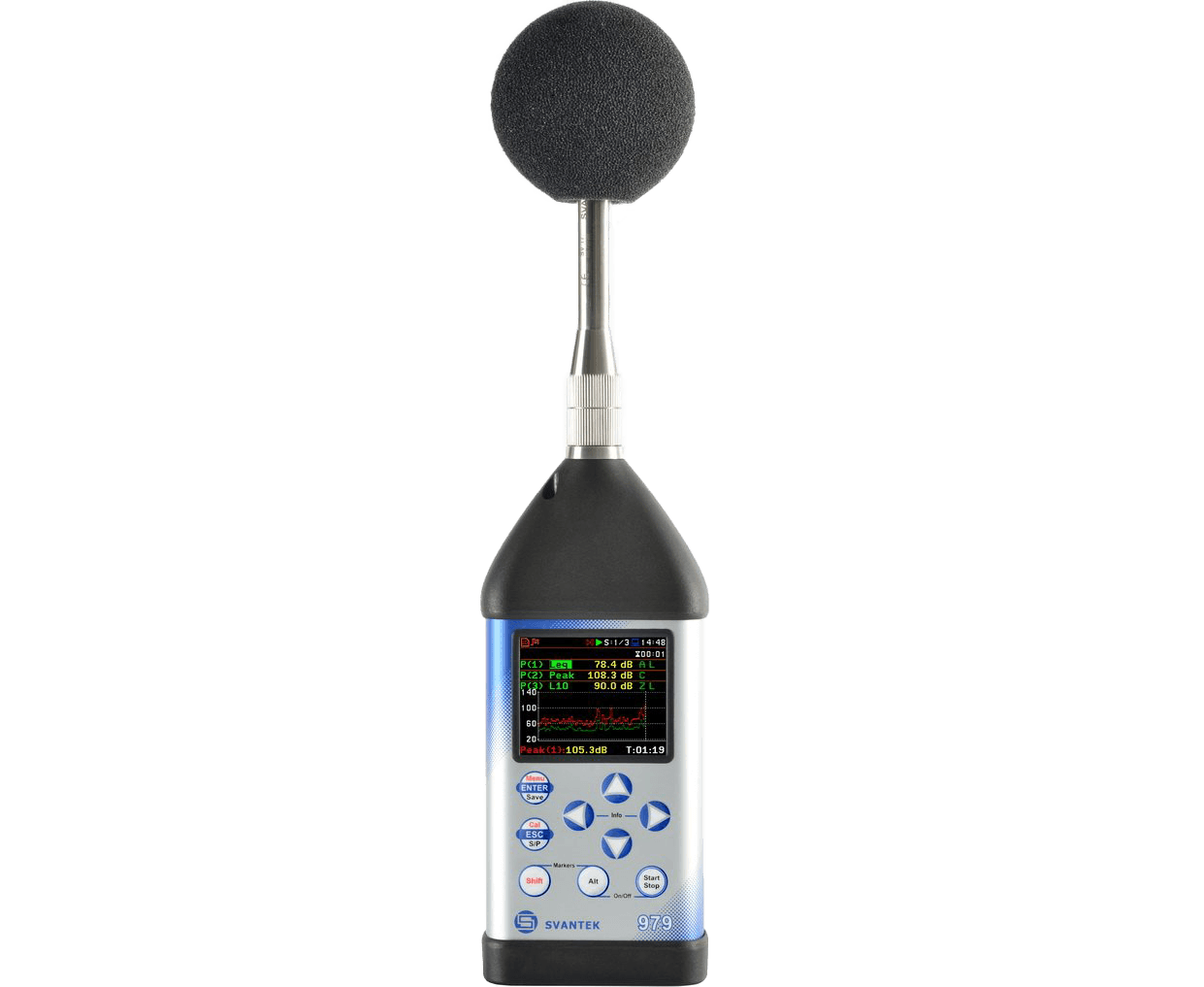
SVAN 979 Sound and Vibration Analyser
The SVAN 979 is a class 1 type approved sound level meter and analyser with the superior technical specifications. Its measuring range starts from as low…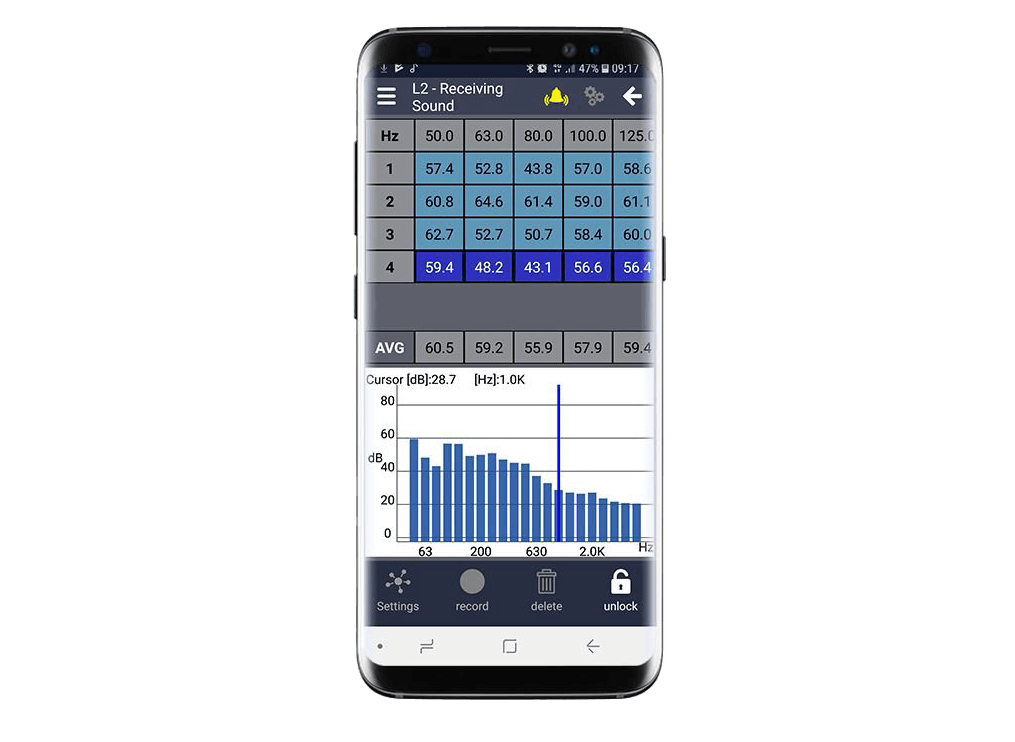
Building Acoustics PRO App
The Building Acoustics PRO App is the smartphone application created for sound insulation measurements with Svantek sound level meters.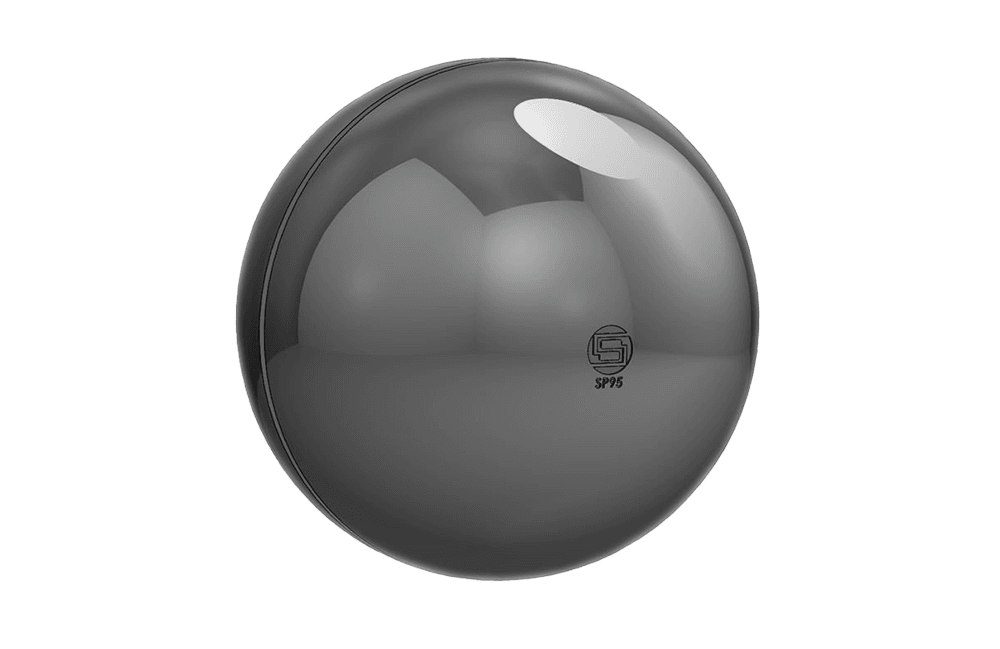
SP 95 Sound Insulation Ball
SP 95 Impact Ball is used for sound insulation testing in light weight structures where a standard (tapping machine) impact sound source would create too…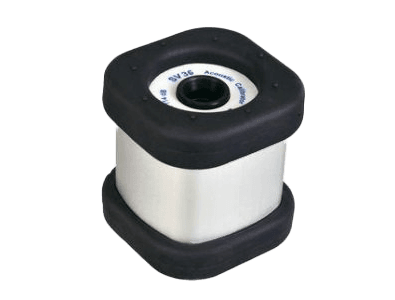
SV 36 Acoustic Calibrator
The SV 36 acoustic calibrator is a small, portable dual-range Class 1 device (sound source). Powered by two LR03/AAA batteries, it contains a loudspeaker producing…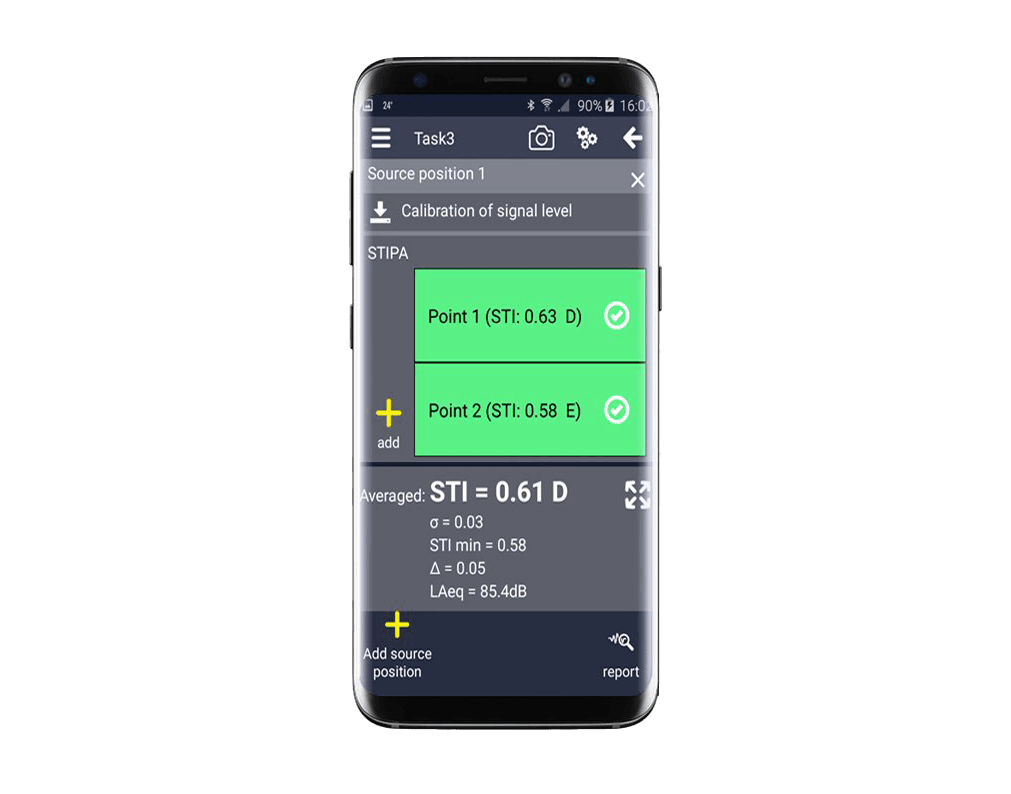
STIPA Speech Transmission Index
The STIPA measurement procedure in accordance to IEC 60268-16:2011 is supported by the mobile application, that provides a step by step measurement route. The application…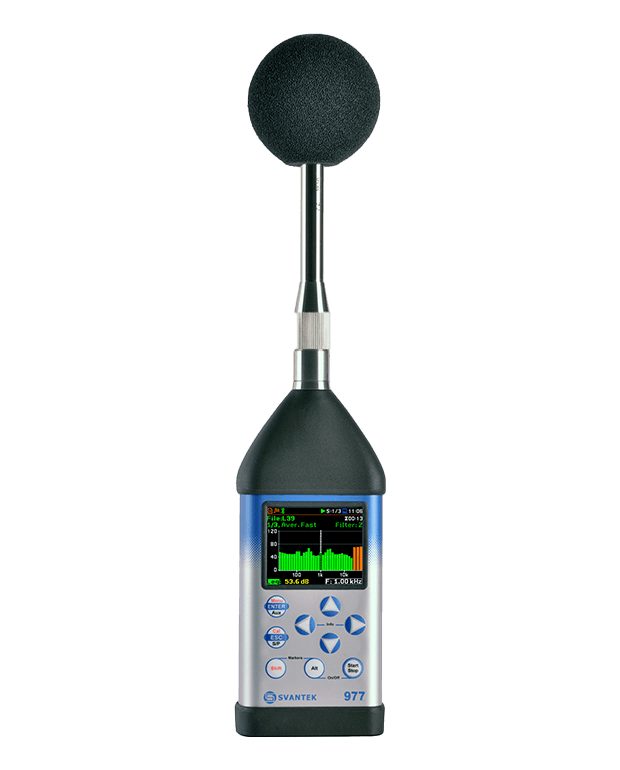
SV 977 Sound and Vibration Analyser
The SV 977D is a Class 1 Sound and Vibration meter designed for building acoustics, occupational noise and environmental noise measurements.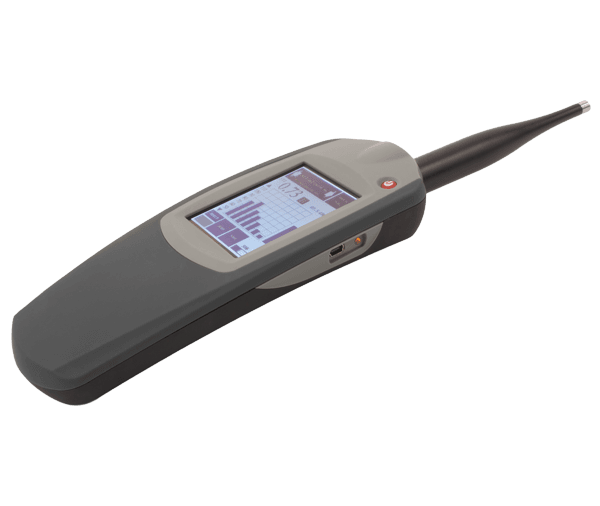
SM50 STIPAmeter
The SM50 was designed from the ground up by the inventors of STIPA and is a fully compliant Speech Transmission Index measuring device as specified…Building Acoustics & Sound Insulation Testing
Designing buildings that meet the highest standards of acoustics performance is essential for occupant well-being, privacy, and regulatory compliance. Whether it’s a new residential development or commercial project, sound quality can have a significant impact on how a space is experienced and utilised.
Why Acoustic Performance Matters in Building Design
Acoustic performance plays a vital role in the functionality and comfort of a building. Excessive noise transmission between rooms or from external sources can disrupt daily activities, reduce concentration, and negatively affect health. In residential buildings, poor sound insulation can cause tension between neighbours. In commercial and educational settings, it may impact productivity or communication. Achieving appropriate acoustic control helps ensure a comfortable, efficient, and compliant environment.
Understanding Sound Insulation Testing
Sound insulation testing is a form of acoustics noise testing carried out to measure how well walls, floors, and ceilings prevent the transmission of sound between spaces. It is a key requirement under UK Building Regulations for newly built or converted homes and certain non-residential buildings. The results provide objective evidence of a building’s acoustic performance and are essential for sign-off by Building Control.
Airborne vs Impact Sound Insulation Tests
Airborne sound insulation tests assess how effectively a structure blocks sound carried through the air, such as conversation, television noise or music. This involves the use of a loudspeaker to generate noise in one room, while measurements are taken in an adjacent room using a sound level meter.
Impact sound insulation tests evaluate how surfaces respond to physical impact, such as footsteps or dropped objects. A tapping machine is used to create a more standardised impact noise, and readings are recorded in an adjoining space. Both tests provide a comprehensive picture of how sound behaves within a building.
Regulatory Framework: Approved Document E & BB93
In the UK, the primary reference for acoustic design in buildings is Approved Document E of the Building Regulations, which outlines minimum standards for sound insulation in dwellings and rooms of a residential purpose. For schools, Building Bulletin 93 (BB93) sets out acoustic performance requirements to support speech intelligibility and learning outcomes.
These regulations are mandatory, and without compliance, it can cause delay in projects and lead to costly reworks. It is therefore crucial to integrate acoustic planning from the very beginning of the design process.
Optimal Timing for Sound Insulation Testing
Acoustic testing should be conducted when construction work is sufficiently complete to yield reliable results but before final finishes are installed. Typically, this means testing is carried out after the installation of doors, windows, and internal partitions, but before floor coverings and veiling tiles are fitted. Testing too early or too late may result in misleading data or damage to decorative elements.
Who Can Perform Acoustic Testing?
Acoustic testing must be conducted by a suitably qualified person using calibrated equipment. Many contractors work with acoustic consultants or organisations registered with recognised bodies such as the ANC (Association of Noise Consultants) to ensure compliance and consistency. Accuracy in testing is critical, as results must be robust enough to satisfy building control.
Are Any Buildings Exempt?
There are limited exemptions from sound insulation testing. Single dwellings not created through material change of use, and buildings not intended for residential purposes, may not require full testing. However, professional advice should always be sought, as exemption does not equate to absence of regulation. Acoustic design considerations still apply, particularly in healthcare and educational buildings.
How AcSoft Supports Acoustic Testing Projects
AcSoft provides advanced equipment, software, and technical support for acoustic testing across a range of industries. From calibrated sound level meters to specialist microphones and data analysis tools, our range enables professionals to conduct precise and reliable assessments every time. Our calibration services ensure all equipment meets required standards, and our rental solutions support short-term or large-scale projects without long-term investment.
Learn more about our Building Acoustics & Sound Insulation Testing solutions or explore our calibration and rental services to support your project.
